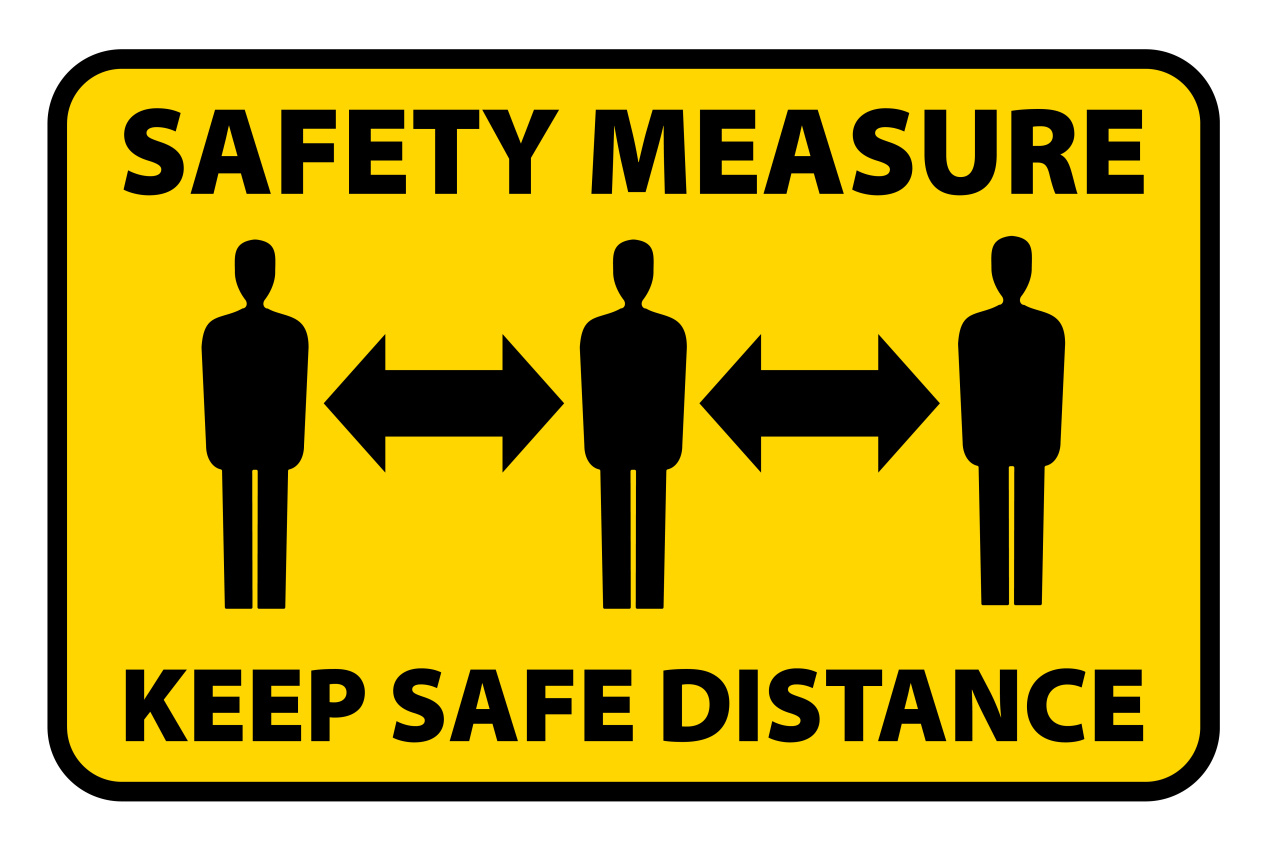Social distancing is an epidemiologists’ term that has entered the public lexicon with the dawn of the COVID-19 outbreak.
Its aim is to slow transmission of the virus by reducing human-to-human contact so that fewer people become ill until we have vaccines and cures. Experts say it is our most effective weapon against the new disease.
South Korea is well into the second phase of the nationwide “intense” social distancing campaign that officially kicked off in late March.
But near the end of the two-week campaign on Saturday, the Health Ministry issued a disappointing assessment that movements had increased by 16 percent in the past week and that the distancing would have to go on for two more weeks.
Business was in full swing over the weekend at a recreational park in Jamsil, southern Seoul, where tickets were offered at half price in a springtime promo.
Cherry blossoms beckoned picnickers to Yeouido, where dense crowds brushed aside the 2-meter safety distance rule.
Hashtags such as #SocialDistancingFail trended on social media sites, where its mostly young users displayed outings, hangouts and other lapses in social distancing.
Korea has a high proportion of COVID-19 patients in their 20s. The Korea Centers for Disease Control and Prevention’s Monday data showed that 27 percent of the country’s 10,284 cases to date were 20-somethings.
“I worry about the public messaging of telling young people they won’t be as severely affected by the disease,” said Kim Woo-joo, an infectious disease expert at Korea University Hospital.
“Youth may not suffer serious symptoms themselves, but they are very well capable of acting as unwitting transmitters,” he said.
Quarantine orders are being broken on a daily basis, according to the Health Ministry.
Since the mandatory quarantine’s effectuation for all arrivals, 11 had been denied entry for declining to follow the guidance as of 6 p.m. Sunday, the ministry said. On average, 6.4 persons transgress the order every day. Of 137 violators, 63 were under police investigation.
Yoo Myoung-soon, a public health communications professor at Seoul National University, said in a phone interview that the efficacy of everyone abiding by social distancing should be made believable, in order to prompt wider participation.
“The necessity of the practice has to be communicated in a way that makes people believe the little sacrifices they make and the steps they take -- like wearing face masks and eschewing travels -- can contribute to saving lives and keeping those more vulnerable safe,” she said.
But despite the highlight on young people not taking the guidance seriously, she said the lax adherence was not actually a “young people issue.”
“If you look at the data, men in their 50s showed the least reduction in social activities,” she said.
Psychologist Lee Dong-gwi of Yonsei University in Seoul said the guard coming loose was a natural psychological response in the face of a prolonged crisis.
Exposure to disaster over an extended time can induce “psychic numbing,” he explained, which is a tendency to withdraw attention from traumatic events.
“When an emergency situation goes on for a long time, you gradually routinize the threat and become oblivious to it to a certain degree,” he said.
Lee said presenting the distancing plans in a myopic fashion had led people to doubt the validity of the promises.
“There are signs suggesting the distancing practice may have to go on for longer than the proposed two weeks. Giving people the full picture instead of slices of truths might help render the message more credible,” he said.
By Kim Arin (
arin@heraldcorp.com)








